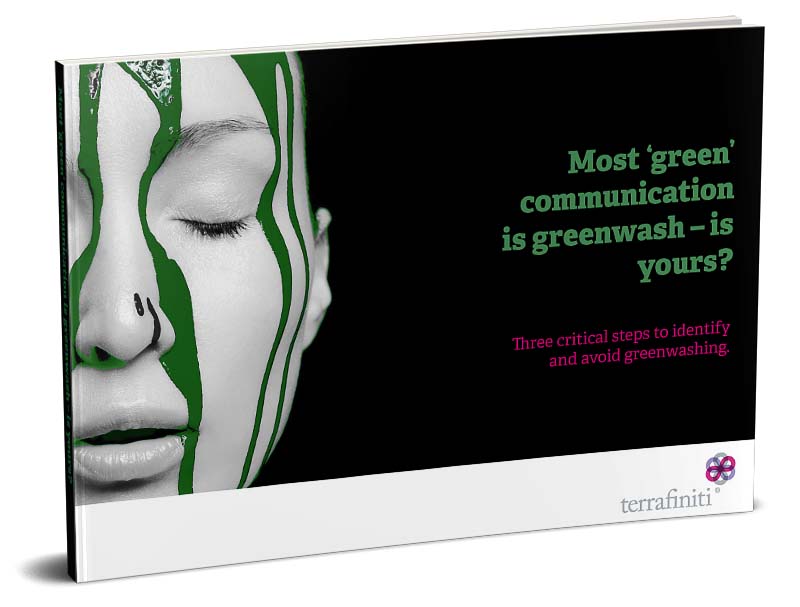Most ‘green’ communication is greenwash – is yours?
Communicating on ‘green’ issues is increasingly important – and also valuable. But trying to achieve this has led to a wave of greenwash.

But greenwashing in many forms is illegal and harmful.
It damages your sustainability agenda and presents commercial and reputational risks if you are doing it.
“Just because your brand is aiming to do good things for the environment, that doesn’t mean you can ignore the rules on accuracy, evidence and responsibility when constructing your ad.”
ASA’s director of complaints and investigations (2022)
Paradoxically, much greenwashing is unintentional, it’s easy to find examples of environmental messaging that breaks the rules, often promoted by companies who make sustainability a key objective of their business.
Frequently this is because understanding greenwashing can be complex and confusing, so avoiding it and developing responsible communications can be daunting.
But – you don’t have to face this alone.
We have compiled this guide founded upon decades of expert sustainability advice provided to some of the world’s leading companies and environmental NGOs. This resource is based upon that experience to provide insight into what really matters.
Get this guide and navigate:
- What is greenwashing?
- The different risks that arise from greenwashing – or being seen as greenwashing.
- How you can tell if you’re greenwashing – and the main areas where companies go wrong.
- What good practices and regulations require
- The three critical aspects you must get right to avoid greenwashing.
Get your free guide now …

* Typically we send around 1 or 2 emails a month. Email includes articles, guidance updates, white papers, surveys, occasional offers and notifications about relevant events. Terrafiniti will never sell your information and promises to keep your details safe. If you no longer wish to receive email you can use the link included on every email to change preferences or unsubscribe at any time. Privacy notice
